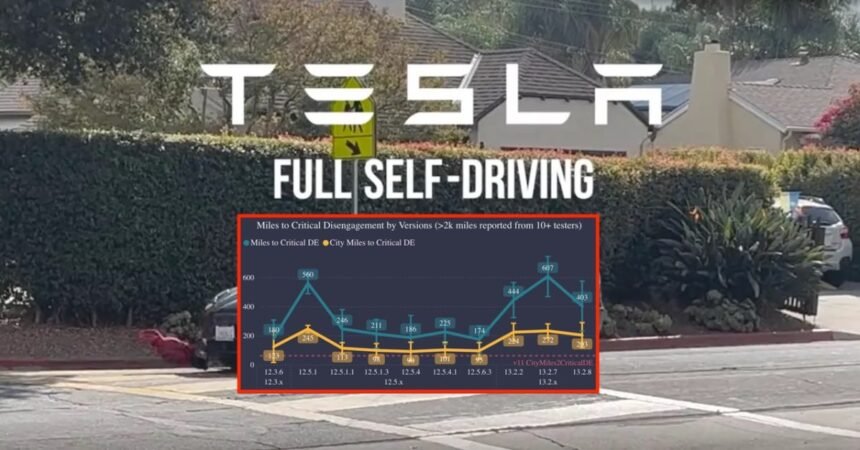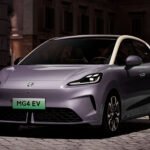Tesla’s Full Self-Driving (FSD) feature has hit a roadblock, with no significant improvement in miles between disengagement over the past few months. This stagnation comes as a surprise, especially considering CEO Elon Musk’s claims that progress was going exponential.
One possible explanation for this lack of progress could be Tesla’s shift in focus towards its geo-fenced ride-hailing service instead of prioritizing the development of its long-promised self-driving capabilities. Since 2016, Tesla has been asserting that all its vehicles are equipped with the hardware necessary for self-driving, with a software update expected to enable this functionality. However, Musk’s repeated claims of achieving this goal by the end of each year have consistently fallen short.
Recent updates to Tesla’s Supervised Full Self-Driving (FSD) feature have failed to deliver on the promised advancements. Despite being classified as a level 2 advanced driver assist system (ADAS) that requires driver supervision at all times, Tesla has been touting FSD as a significant step towards fully autonomous driving.
Musk’s projections for FSD v13 boasted a 5 to 6 times increase in miles between disengagement compared to the previous version. However, data analysis reveals that the actual improvement was far less substantial, with only a 2x increase in mileage reported. After analyzing over 33,000 miles of data from various FSD versions, the average distance between critical disengagement stands at 495 miles – far below the 700,000-mile benchmark set by the NHTSA for unsupervised self-driving.
The current stagnation in FSD development has left both Tesla enthusiasts and critics disappointed. Musk’s ambitious timelines for achieving self-driving capabilities have not materialized, and the slow progress raises concerns about Tesla’s ability to surpass human safety standards in autonomous driving.
One possible reason for this stagnation could be Tesla’s strategic shift towards deploying a geo-fenced ride-hailing service in Austin, Texas, rather than focusing on broader FSD development. This new approach, which involves using an internal fleet of vehicles aided by teleoperation within a limited area, represents a departure from Tesla’s previous self-driving goals and mirrors the services offered by companies like Waymo.
Despite these setbacks, Musk remains optimistic about Tesla’s self-driving prospects. However, the company’s pivot towards a Waymo-style ride-hailing service may divert resources away from FSD development, potentially slowing down progress in achieving fully autonomous driving capabilities.
In conclusion, the current state of Tesla’s Full Self-Driving feature reflects a period of stagnation and shifting priorities within the company. While Musk’s ambitious vision for self-driving technology remains intact, the road to achieving it may be longer and more challenging than initially anticipated. As developments in autonomous driving continue to unfold, it will be crucial to monitor Tesla’s progress and the impact of its strategic decisions on the future of self-driving technology.







